Sri Lanka
Welcome to Sri Lanka
Sri Lanka, often called the “Pearl of the Indian Ocean” and the “Teardrop of India,” is a captivating island nation located just off the southern tip of India.
Despite its modest size—roughly that of Ireland—Sri Lanka offers an extraordinary diversity of experiences, landscapes, and cultures. From misty mountain tea plantations and ancient Buddhist temples to pristine beaches and vibrant cities, this tropical paradise enchants travelers with its rich heritage, abundant wildlife, and warm hospitality.
1.
A Microcosm of South Asia’s Wonders: Sri Lanka is like South Asia in miniature, packing a remarkable variety of attractions into one island. You can explore colonial-era architecture, sacred religious sites, lush jungles teeming with elephants and leopards, and surf some of the best waves in the Indian Ocean—all in a single day if you wish.
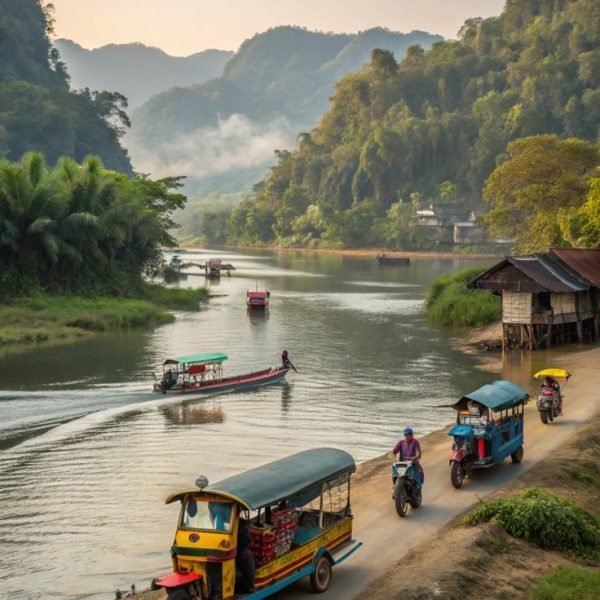
2.
Rich Cultural and Natural Heritage: The island boasts a wealth of UNESCO World Heritage Sites, including the ancient cities of Anuradhapura and Polonnaruwa, the Sigiriya rock fortress, and the Dambulla Cave Temple. Its national parks protect diverse wildlife such as sloth bears, sambars, and leopards, making it a haven for nature lovers and adventurers alike.
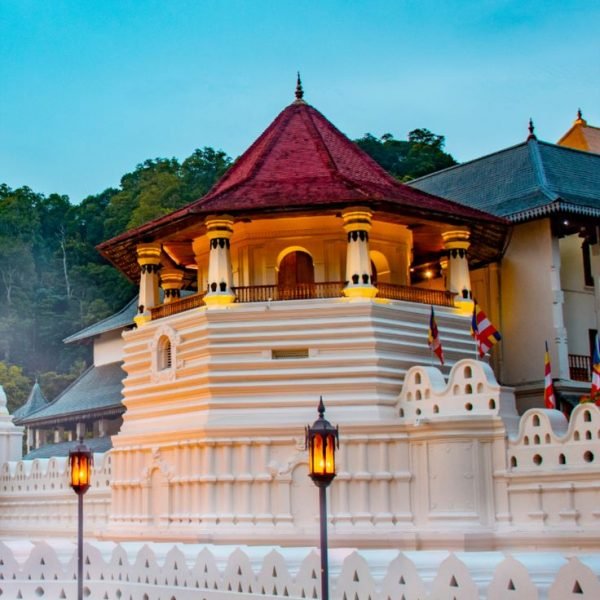
Planning Your Trip
Visa Information
Most travelers to Sri Lanka require an Electronic Travel Authorization (ETA), which can be easily obtained online before arrival. The ETA process is straightforward and quick, allowing tourists to stay initially for a month, with the possibility of extension. Some nationalities may be eligible for visa-free entry or visa on arrival, but it is best to check current requirements well in advance.
Best Time to Visit
Sri Lanka experiences two main monsoon seasons affecting different parts of the island at different times. The best time to visit the west and south coasts and the hill country is from December to March, while the east coast is ideal from April to September. For a well-rounded trip covering multiple regions, the months from January to March are generally the most favorable.
Getting To and Around
Getting to Sri Lanka:
The main international gateway is Bandaranaike International Airport near Colombo, which is well connected to major cities worldwide. Direct flights are available from Asia, the Middle East, Europe, and beyond.
Getting Around:
Travel within Sri Lanka is facilitated by a variety of options:
- Trains: Scenic train journeys, especially through the hill country, are a highlight and offer stunning views of tea plantations and mountains.
- Buses and Taxis: Public buses are affordable but can be slow and crowded. Private taxis and tuk-tuks are convenient for shorter distances and city travel.
- Car Rentals: Renting a car with a driver is popular among tourists for flexibility and comfort.
- Domestic Flights: For longer distances, such as from Colombo to the east coast, domestic flights can save time.
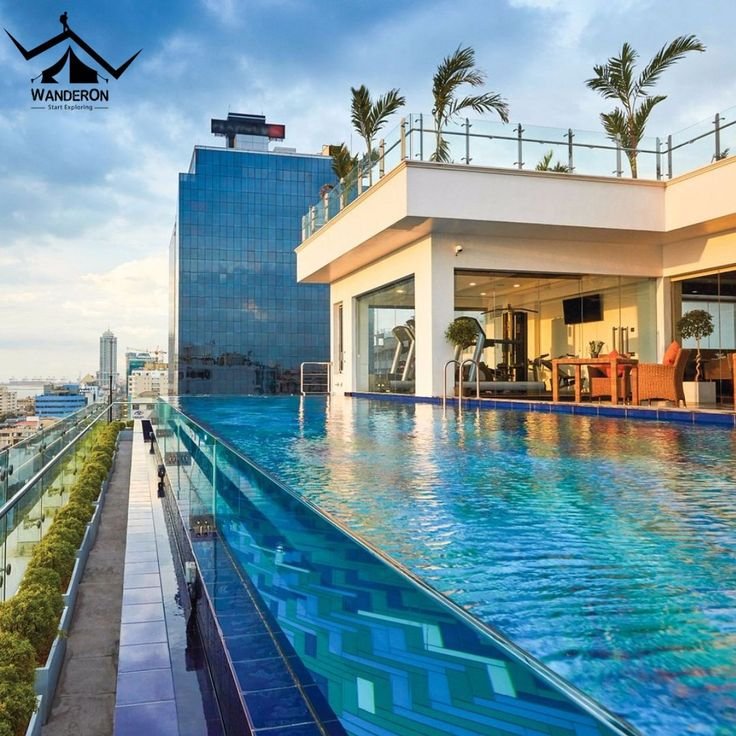
Accommodation
Sri Lanka’s accommodation options are as varied as its landscapes, catering to honeymooners, families, backpackers, and luxury seekers alike. The island’s hospitality industry has grown significantly, offering everything from eco-friendly jungle lodges to five-star hotels with world-class amenities.
Accommodation Options
- Luxury Resorts and Five-Star Hotels:
For travelers seeking indulgence, Sri Lanka boasts exquisite luxury resorts primarily along the south coast and in key cities like Colombo and Trincomalee. These resorts often feature private beaches, infinity pools, spa facilities, and gourmet dining. Notable examples include Cape Weligama, perched on a clifftop with stunning ocean views, and Anantara Peace Haven Tangalle, known for its serene private beach. In Colombo, the Shangri-La offers elegant city living with panoramic views and top-tier service. - Boutique Hotels and Villas:
Boutique accommodations are perfect for couples and design enthusiasts looking for a more intimate experience. These properties often blend local architecture and nature, providing unique stays with personalized service. Fort Bazaar in Galle Fort offers colonial charm with modern comforts, while 98 Acres in Ella immerses guests in tea plantation vistas and eco-luxury. Theva Residency in Kandy features an infinity pool overlooking lush mountains, ideal for a tranquil retreat. - Eco-Friendly and Jungle Stays:
For nature lovers, eco-lodges like Moksha Kitulgala provide a sustainable yet comfortable experience in the heart of Sri Lanka’s rainforest. These lodges emphasize harmony with the environment, offering organic meals sourced from local farms and opportunities for adventure activities such as white-water rafting and hiking. - Guesthouses and Homestays:
Budget-conscious travelers and those seeking authentic cultural immersion will find numerous guesthouses and homestays across the island. These accommodations offer warm hospitality and a chance to experience Sri Lankan daily life. Many are located in scenic villages or near popular tourist spots, providing a cozy base for exploration. - Unique Stays:
Some travelers opt for distinctive lodging such as heritage bungalows or boutique guesthouses set on plantations. Plantation House, for example, is a contemporary guesthouse surrounded by lush greenery, offering spacious rooms with rainforest showers and a peaceful atmosphere. The Roundhouse near Ahangama is another standout, set on a cinnamon plantation with stunning views and a relaxed vibe.
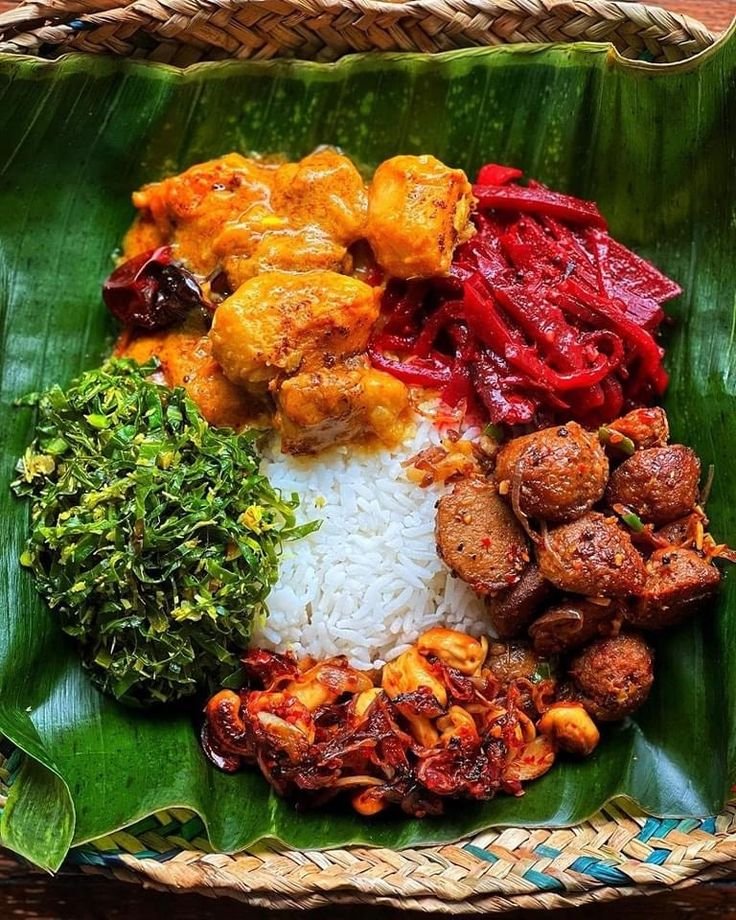
Food and Drink
Sri Lankan cuisine is a vibrant reflection of the island’s cultural diversity, featuring bold spices, fresh ingredients, and a variety of cooking styles influenced by South Indian, Dutch, Portuguese, and British traditions. Food is an integral part of the travel experience here, with flavors that delight every palate.
- Staple Dishes:
Rice and curry is the cornerstone of Sri Lankan meals, typically served with an array of vegetable, meat, or seafood curries, sambols (spicy relishes), and chutneys. Hoppers (fermented rice pancakes), string hoppers (steamed rice noodle nests), and kottu roti (chopped flatbread stir-fried with vegetables, eggs, or meat) are popular street foods and comfort meals. - Seafood:
Given its island status, Sri Lanka offers an abundance of fresh seafood. Coastal towns serve delicious dishes featuring crab, prawns, cuttlefish, and fish, often cooked with coconut milk and spices. Crab curry and devilled prawns are local favorites. - Vegetarian and Vegan Options:
Sri Lanka caters well to vegetarian and vegan diets, with many curries and dishes naturally plant-based. Coconut, lentils, jackfruit, and a variety of greens are staples, making it easy to enjoy flavorful meals without meat. - Fruits and Snacks:
Tropical fruits such as mangoes, papayas, pineapples, and bananas are widely available and often enjoyed fresh or in juices. Street vendors sell snacks like isso wade (prawn fritters) and isso vade (spicy lentil cakes), perfect for sampling local flavors on the go. - Beverages:
Ceylon tea, world-renowned for its quality, is a must-try. Visitors can enjoy it in traditional tea houses or at plantations in the hill country. Fresh coconut water is a refreshing drink sold widely on the streets. For those seeking something stronger, local arrack (a distilled spirit made from coconut or palmyra sap) is popular, as are tropical fruit cocktails in beachside bars. - Dining Experiences:
Sri Lanka offers a range of dining options from humble street stalls to elegant restaurants. Many luxury hotels and boutique properties feature restaurants serving both authentic Sri Lankan cuisine and international dishes, often with a focus on fresh, local produce. Farm-to-table dining is gaining popularity, especially in eco-lodges and boutique hotels, where chefs create menus based on seasonal ingredients.
Tips for Enjoying Accommodation and Food
- When booking accommodation, consider the location relative to your planned activities. Beach resorts are ideal for relaxation, while boutique hotels in cultural hubs like Kandy or Galle offer easy access to heritage sites.
- Try local dishes at small family-run restaurants or street food markets to experience authentic flavors and support local communities.
- If you have dietary restrictions, many hotels and restaurants are accommodating, but it is helpful to communicate your needs clearly.
- For a unique experience, consider staying in an eco-lodge or heritage bungalow to connect more deeply with Sri Lanka’s natural and cultural environment.
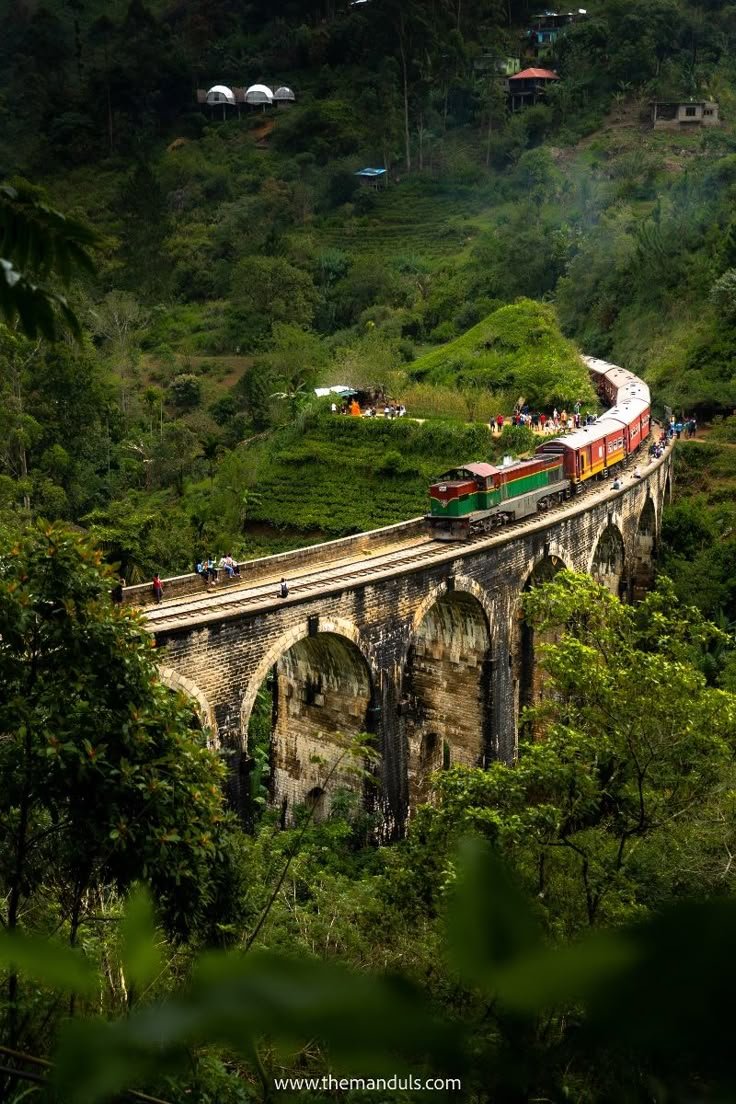
Must-See Attractions
Sigiriya Rock Fortress
Arguably Sri Lanka’s most iconic landmark, Sigiriya is an ancient rock fortress rising dramatically 200 meters above the jungle floor. Often called the “Eighth Wonder of the World,” this UNESCO World Heritage Site was built by King Kasyapa in the 5th century AD as a royal citadel. The climb up the 1,200 steps rewards visitors with breathtaking panoramic views, well-preserved frescoes of celestial maidens, and the famous Mirror Wall, which bears ancient graffiti dating back over 1,600 years. The ruins of the king’s palace and the surrounding royal gardens add to the site’s allure. Early morning visits are ideal to avoid crowds and catch the sunrise over the lush landscape.
Temple of the Sacred Tooth Relic, Kandy
Situated in the cultural city of Kandy, this temple houses the sacred tooth relic of the Buddha, making it one of the holiest Buddhist sites in the world. The temple complex is beautifully maintained, surrounded by serene gardens and a tranquil lake. Visitors can witness daily rituals and ceremonies that reflect deep spiritual traditions. Kandy itself is a vibrant city blending colonial architecture with rich cultural heritage, and the temple is central to the city’s identity.
Galle Fort
This historic fort on the southern coast of Sri Lanka is a fascinating blend of European colonial architecture and local culture. Originally built by the Portuguese and later expanded by the Dutch, Galle Fort features cobblestone streets, charming cafes, boutique shops, and stunning views of the Indian Ocean. Walking through the fort’s ramparts offers a glimpse into Sri Lanka’s colonial past, while the lively atmosphere inside the walls makes it a delightful place to explore.
Dambulla Cave Temple
Also known as the Golden Temple of Dambulla, this cave complex is a masterpiece of Buddhist art and history. The temple houses over 150 statues of the Buddha and vibrant murals covering the ceilings and walls, dating back more than two millennia. The largest cave features a magnificent reclining Buddha statue stretching 14 meters long. The temple’s elevated position offers sweeping views of the surrounding countryside, making it both a spiritual and scenic highlight.
National Parks and Wildlife Sanctuaries
Sri Lanka is renowned for its rich biodiversity and offers excellent opportunities for wildlife encounters. Udawalawe National Park is famous for its large herds of elephants, while Yala National Park is known for its elusive leopards. Early morning safaris provide serene experiences amid diverse birdlife and other wildlife such as sloth bears and sambars. For birdwatchers, Bundala National Park is a paradise, especially during migratory seasons when flocks of flamingos and other exotic birds gather.
Nuwara Eliya and Ella
Nestled in the central highlands, these hill towns are famed for their cool climate, lush tea plantations, and scenic landscapes. Nuwara Eliya, often called “Little England,” features colonial-era architecture and beautifully manicured gardens. Ella offers breathtaking viewpoints such as Ella Rock and the Nine Arches Bridge, perfect for hiking enthusiasts and photographers.
Beaches of Sri Lanka
The island’s coastline is dotted with some of the world’s finest beaches. Mirissa is popular for whale watching and relaxed beach vibes, while Arugam Bay is a renowned surfing hotspot. Unawatuna and Hikkaduwa offer lively beach scenes with plenty of water sports and nightlife. For those seeking tranquility, the beaches near Tangalle provide pristine sands and calm waters.
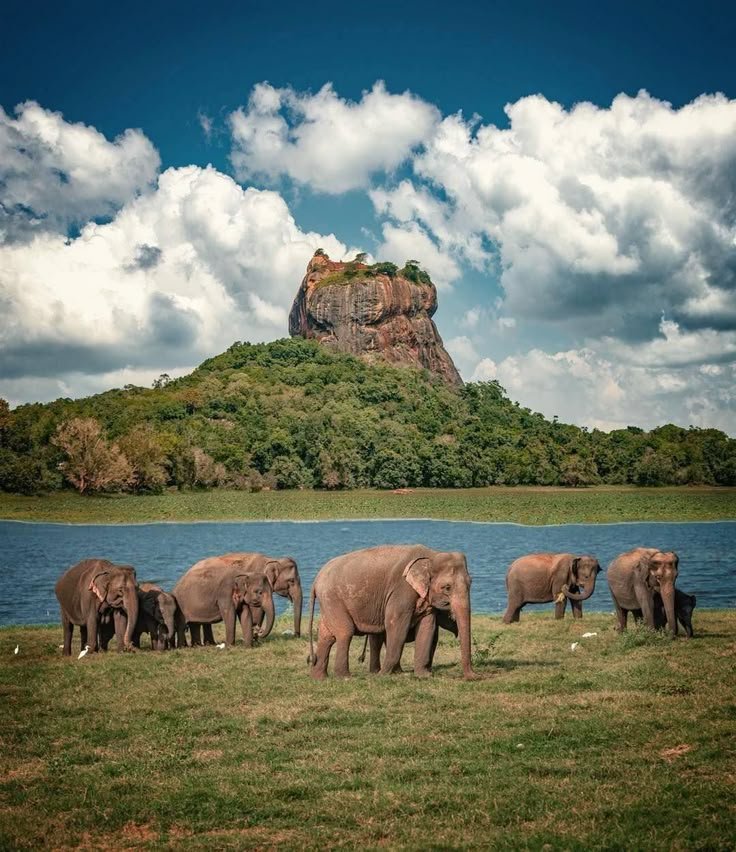
Must-Do Activities
Climb Sigiriya Rock Fortress
No visit to Sri Lanka is complete without ascending Sigiriya. The climb is physically demanding but accessible to most visitors and offers a rewarding journey through history and nature. Along the way, admire the frescoes, the Lion’s Gate, and the ancient gardens before reaching the summit for spectacular views.
Experience a Safari in Udawalawe or Yala National Park
Embark on a jeep safari to spot wild elephants, leopards, and other native species in their natural habitats. Early morning or late afternoon safaris are best for wildlife sightings. Guides provide insightful commentary on the flora and fauna, enhancing the adventure.
Visit the Temple of the Sacred Tooth Relic during a Ceremony
Attending a puja (prayer ritual) at the temple in Kandy offers a profound cultural experience. The rhythmic chanting, traditional drumming, and the sight of devotees paying homage to the sacred relic provide a glimpse into Sri Lanka’s spiritual heart.
Explore Galle Fort on Foot
Take a leisurely walk through the fort’s narrow streets, stopping at art galleries, cafes, and shops selling local crafts. Climb the ramparts at sunset for stunning ocean views and a peaceful atmosphere.
Tea Plantation Tour in the Hill Country
Visit a working tea plantation in Nuwara Eliya or Ella to learn about the tea-making process, from plucking leaves to packaging. Many estates offer guided tours and tastings, allowing visitors to savor fresh Ceylon tea while enjoying panoramic views of rolling green hills.
Hike to Ella Rock or Little Adam’s Peak
For spectacular vistas and a taste of Sri Lanka’s natural beauty, hiking in Ella is a must. These trails wind through tea plantations, forests, and villages, culminating in breathtaking views of valleys and waterfalls.
Whale Watching in Mirissa
From November to April, Mirissa is one of the best places in the world to see blue whales and sperm whales. Boat tours provide close encounters with these majestic creatures in their ocean habitat.
Attend a Traditional Kandyan Dance Performance
Experience Sri Lanka’s vibrant cultural heritage through a Kandyan dance show featuring colorful costumes, drumming, and fire dances. These performances, often held in Kandy, showcase the island’s rich artistic traditions.
Relax on Sri Lanka’s Beaches
Whether you want to surf, snorkel, or simply unwind, Sri Lanka’s beaches cater to all. Try surfing at Arugam Bay, snorkeling in Hikkaduwa’s coral reefs, or enjoy a peaceful day at Tangalle’s secluded shores.
Explore Ancient Cities in the Cultural Triangle
Beyond Sigiriya, visit the ancient cities of Anuradhapura and Polonnaruwa, both UNESCO World Heritage Sites. These archaeological sites feature stupas, palaces, and statues that tell the story of Sri Lanka’s early civilizations.
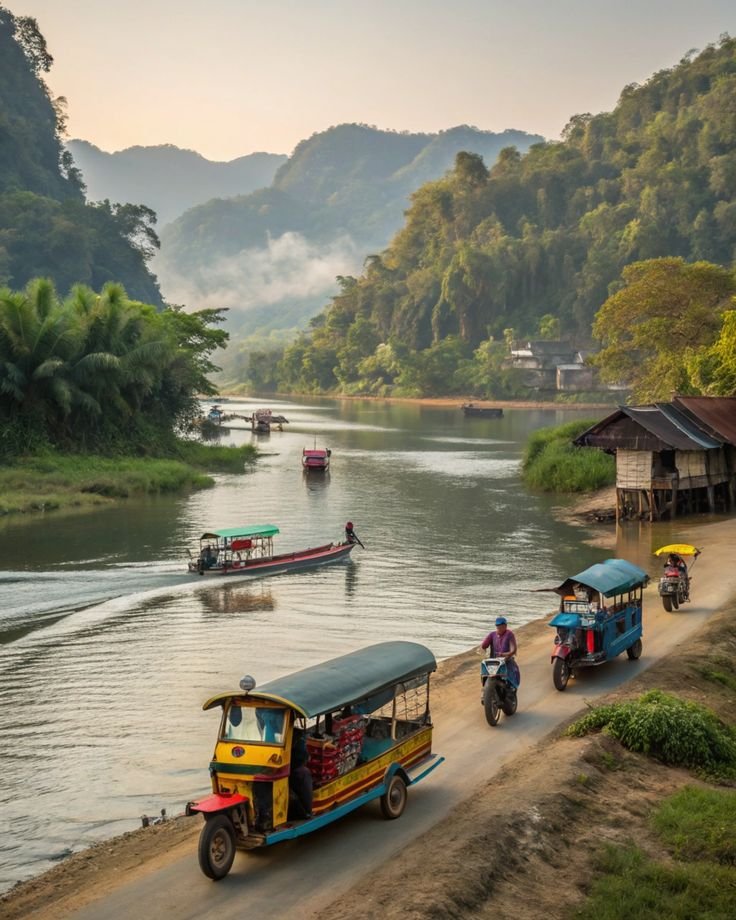
Travel Tips
Traveling to Sri Lanka in 2025 promises an enriching experience filled with stunning landscapes, ancient heritage, and warm hospitality. To make the most of your journey, understanding essential travel tips—covering safety advice, local customs, and language basics—is key. This guide offers practical, up-to-date information to help you navigate Sri Lanka confidently and respectfully.
Safety Advice
Sri Lanka is generally safe for tourists in 2025, with improved political stability and low violent crime rates. However, like any travel destination, exercising common sense and caution enhances your experience and security.
General Safety Tips:
- Stay aware of your belongings: Petty theft such as pickpocketing can occur, especially in crowded markets, public transport, and tourist hotspots. Keep valuables secure and avoid flashing expensive items. Use hotel safes for passports and large sums of cash.
- Avoid isolated areas at night: Stick to well-lit, populated streets after dark. Walking alone in remote or poorly lit areas is not recommended.
- Be cautious with food and water: Sri Lanka’s tropical climate means food hygiene can vary. Eat at reputable restaurants and drink bottled water to avoid stomach upsets.
- Stay hydrated: The tropical heat can be intense. Carry bottled water and drink regularly to prevent dehydration.
- Transportation safety: Use reputable transport services. Pre-book airport transfers or longer journeys with trusted providers. Tuk-tuks are convenient but always agree on the fare before starting your ride. If you rent a vehicle, be aware that roads can be narrow and driving styles differ from Western norms.
- Avoid demonstrations and large gatherings: Political protests occasionally occur, especially in Colombo. Even peaceful demonstrations can turn unpredictable. Stay clear of such events and follow local authorities’ advice.
- Emergency contacts: Save important numbers such as police (119), tourist police (+94 11 242 1052), ambulance (1990), and fire services (110) on your phone.
For Solo and Female Travelers:
Sri Lanka is welcoming and generally safe for solo and female travelers, but some precautions help ensure comfort:
- Dress modestly, especially when visiting religious or rural areas.
- Use registered taxis or ride-hailing apps like Uber or PickMe rather than unmarked vehicles.
- Inform your accommodation about your plans.
- Trust your instincts and avoid uncomfortable situations.
Local Customs
Respecting Sri Lanka’s rich cultural heritage and social norms is essential for a positive travel experience.
Dress Code:
- When visiting religious sites such as Buddhist temples, Hindu shrines, and mosques, dress modestly by covering shoulders and knees.
- Remove shoes and hats before entering places of worship.
- Avoid posing disrespectfully with Buddha statues or religious icons; for example, never turn your back to a Buddha statue in photos.
Behavior in Religious Sites:
- Maintain quiet and respectful behavior.
- Photography may be restricted in certain areas—always look for signs or ask permission.
- Avoid public displays of affection near sacred sites.
Greetings and Social Interaction:
- The traditional greeting is the “Ayubowan,” accompanied by placing palms together at chest level and a slight bow.
- Sri Lankans are warm and hospitable. A smile and polite demeanor go a long way.
- It is polite to accept food or drink offered by locals, but if you decline, do so respectfully.
Tipping:
- Tipping is appreciated but not mandatory. In restaurants, a 10% tip is customary if service charges are not included.
- For drivers, guides, and hotel staff, small tips are welcomed.
Language Basics
Sri Lanka’s two official languages are Sinhala and Tamil, with English widely spoken in tourist areas, hotels, and cities. Learning a few basic phrases in Sinhala or Tamil is appreciated by locals and can enhance your interactions.
Common Sinhala Phrases:
- Hello: Ayubowan (a respectful greeting)
- Thank you: Bohoma Istuti
- Yes: Ow
- No: Nae
- Please: Karunakara
- Excuse me / Sorry: Samawenna
Common Tamil Phrases:
- Hello: Vanakkam
- Thank you: Nandri
- Yes: Aam
- No: Illai
- Please: Dayavu Sei
- Excuse me / Sorry: Mannikkavum
Using these phrases when greeting or thanking locals shows respect and often elicits warm responses.
Final Thoughts
Additional Practical Tips
- Currency: The Sri Lankan Rupee (LKR) is the local currency. ATMs are widely available in cities and tourist areas. Use bank ATMs rather than standalone machines to reduce fraud risk.
- Connectivity: SIM cards with data packages are affordable and easy to purchase at the airport or local shops. Major providers include Dialog and Mobitel.
- Health: No special vaccinations are mandatory, but routine immunizations and precautions against mosquito-borne illnesses like dengue are advisable. Carry basic medications and travel insurance.
- Electricity: Sri Lanka uses 230V, 50Hz with Type D and G plugs. Carry a universal adapter if needed.
- Respect the environment: Avoid littering, use reusable water bottles, and support eco-friendly tourism initiatives.
Sri Lanka in 2025 offers a safe and welcoming environment for travelers who prepare thoughtfully and respect local customs. By staying vigilant about personal safety, dressing modestly, and embracing the rich cultural etiquette, you will enjoy a rewarding and immersive experience. Learning a few local phrases and understanding basic travel protocols will further enrich your journey, helping you connect more deeply with the island’s people and traditions. With these travel tips in mind, your adventure in Sri Lanka is sure to be memorable, comfortable, and culturally respectful.

